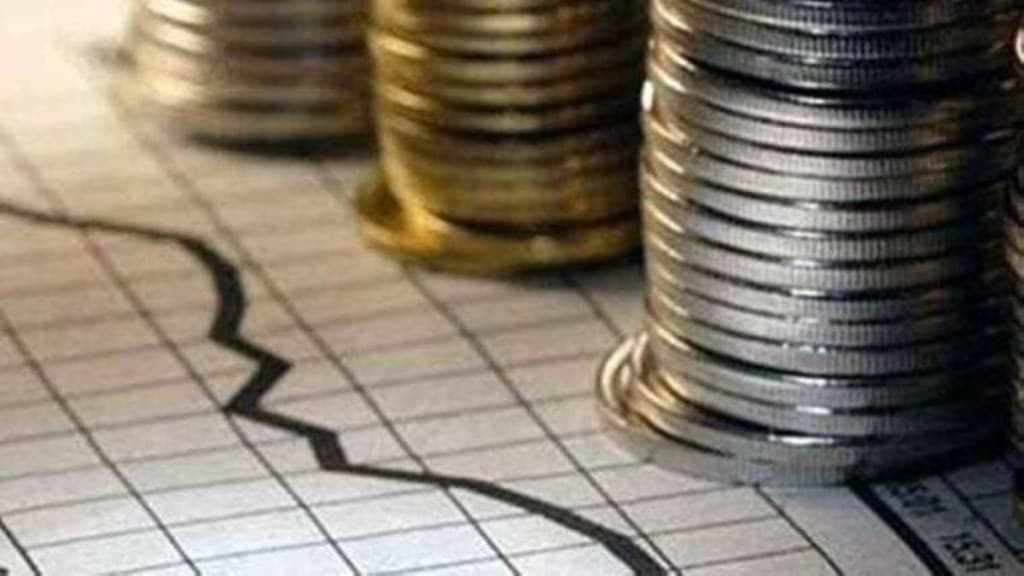The Centre will contain the fiscal deficit at the projected 5.9% of the Gross Domestic Product (GDP) in FY24 irrespective of likely minor variations from the budgeted nominal GDP growth estimate for the year due to comfortable revenue position and reallocation of savings in the revised estimate for additional or new spending heads, a senior official said on Wednesday, requesting not to be identified.
Some analysts have expressed concern that India’s nominal GDP growth might slump to around 9% as against 10.5% factored in the budget for 2023-24, largely due to negative wholesale price inflation till October in FY24.
While a slump in nominal GDP growth could impact the fiscal deficit target and revenue receipts, the official said the government still sticks to 10.5% nominal GDP growth (against the actual numbers of FY23, the growth required to meet FY24 BE is 10.7%). There was no threat to revenues given the buoyancy in tax and non-tax receipts witnessed so far, he said.
About the perception that the government has a high cash balance and slowing spending, the official said that’s not true as the temporary build-up might be due to upcoming bond repayments worth about Rs 2 trillion in November-December. The temporary high cash balance will recede after the repayments.
“We are not restricting expenditure. Cash controls have been exempted for the first three quarters for capital expenditure, transfers for capital expenditures and centrally sponsored schemes,” the official said.
The Centre’s capex was about 49% of the full-year target of Rs 10 trillion in H1FY24, reflecting the thrust on it to boost economic activity. The total expenditure stood at 47.1% of FY24 BE of Rs 45 trillion compared with 46.2% of the respective target in H1 of FY23. The Centre, which has taken over the massive capex of railways and NHAI on the Budget to improve transparency, will likely continue with it going forward.
“In the first supplementary demand for grants (to be presented before Parliament next month, we have seen quite a bit of rejigging on provisions,” the official said adding that that underutilised funds with various departments would be reallocated to schemes where spending would be higher or to new schemes announced recently.
The government allocations for food and fertiliser subsidies will likely be higher than budget estimates due to higher minimum support prices (MSP) and the hardening of global gas/fertiliser prices, respectively.
FE has learnt that the Centre’s subsidy on food would rise by around Rs 18,000 crore to Rs 2.14 trillion in FY24 due to higher MSP. Similarly, spending on job guarantee scheme (MGNREGS)could also rise by Rs 30,000-40,000 crore.
“We are sticking to 10.5% GDP growth as of now,” the official said adding that any margin of error won’t derail overall budget math.
“Any variation in nominal GDP growth number won’t impact GST collection target. Trends so far show that direct indirect taxes are broadly meeting aggregate numbers. We also had a bountiful receipt under non-tax revenues (due to higher RBI dividend).”
